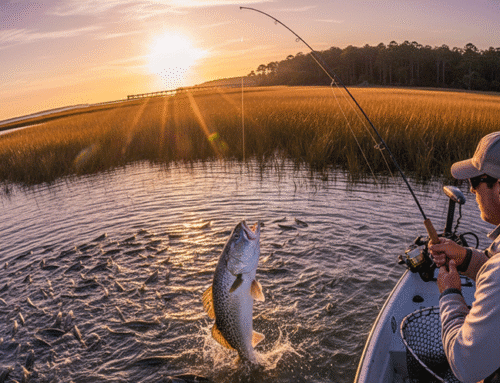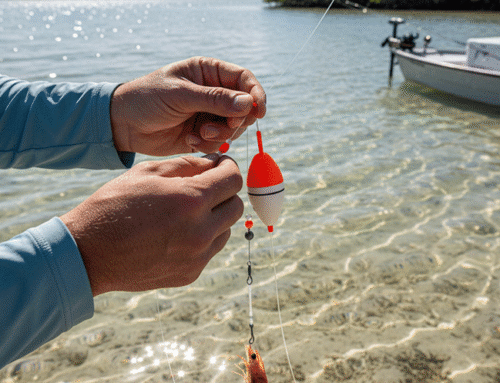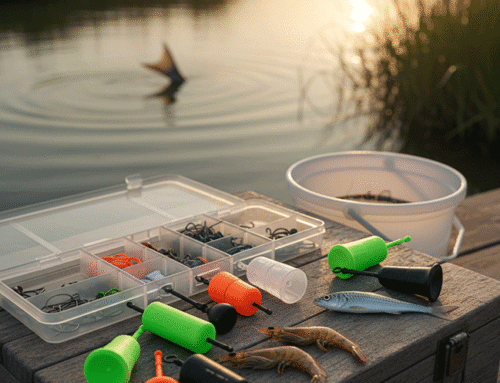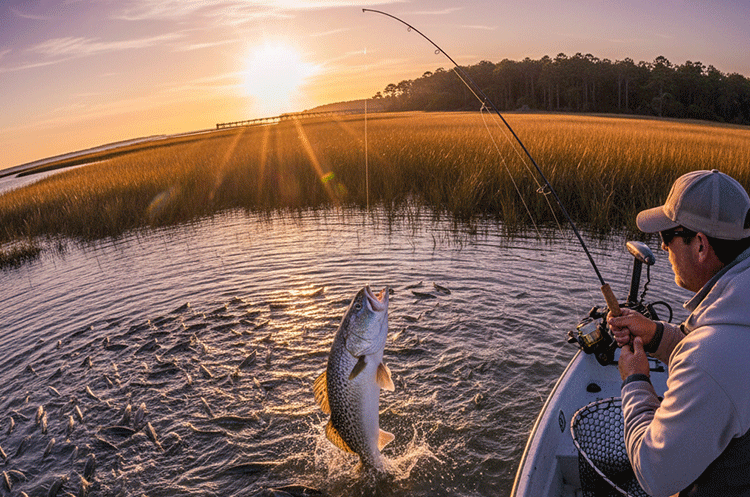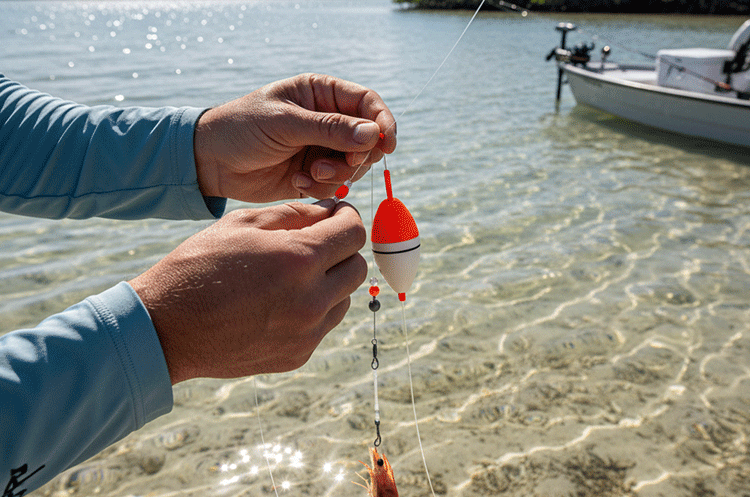Catch and Release Tips for Sustainable Fishing in Coastal NC
Coastal North Carolina boasts an incredible diversity of inshore and nearshore fish species, attracting anglers from far and wide. To ensure these vibrant fisheries remain healthy for future generations, practicing responsible catch and release is paramount. Whether you’re targeting red drum, speckled trout, flounder, or other popular species, mastering proper catch and release techniques is a commitment to conservation. This guide provides essential tips to maximize the survival rate of released fish, contributing to sustainable fishing in our beautiful coastal waters.
Why Catch and Release Matters for Coastal NC Fisheries
Catch and release is more than just a trend; it’s a vital conservation strategy, especially for species that are regulated by size or slot limits, or those facing population pressures. By carefully releasing fish, anglers help maintain spawning populations, allowing fish to reproduce and grow, ensuring robust fisheries for years to come. In North Carolina, understanding specific regulations—like the recent changes to flounder limits or red drum slot sizes—makes catch and release an integral part of legal and ethical angling.
Essential Gear for Successful Release
Having the right tools at hand significantly reduces stress and injury to the fish:
- Needle-Nose Pliers or De-Hooker: Indispensable for quickly and safely removing hooks. A long-handled de-hooker is especially useful for deeply-hooked fish, keeping your hands away from sharp teeth.
- Barbless Hooks: Pinching down barbs on your hooks makes removal much easier and causes less tissue damage. They rarely impact your catch rate.
- Knotless Rubberized Landing Net: This type of net cradles the fish gently, protecting its slime coat and fins. Avoid knotted nylon nets, which can scrape off protective slime and damage delicate fins.
- Measuring Device: A tape measure or measuring board allows you to quickly assess if a fish meets regulations without excessive handling.
Handling Fish with Care: Minimizing Stress
The way you handle a fish out of water is critical to its survival:
- Wet Hands Only: Always wet your hands before touching a fish. Dry hands can remove the fish’s protective slime coat, leaving it vulnerable to infection.
- Support the Fish’s Weight: Never hold a large fish vertically by its jaw or tail only. Support its belly, especially for larger species like red drum, to prevent internal organ damage. For smaller fish, a firm, horizontal grip on the lower jaw can work if supported underneath.
- Minimize Time Out of Water: The less time a fish spends out of its aquatic environment, the better. Have your tools ready, take a quick photo if desired, and get it back into the water promptly.
- Avoid Gill Contact: Never put your fingers or hands into the gill plates, as this can severely damage the gills, which are essential for respiration.
Proper De-Hooking Techniques
Removing the hook safely is perhaps the most crucial step:
- Use Pliers or De-Hooker: Once the fish is secured (ideally still in the water or in a net), use your pliers or de-hooker to grasp the hook and twist it out.
- Deeply Hooked Fish: If a fish is hooked deep in the throat or gut, do not try to rip the hook out. Cut the line as close to the hook as possible. Studies show that hooks left in often dissolve or are expelled, and the fish has a higher chance of survival than from forceful removal.
- Consider the Hook Type: Single hooks generally cause less damage than treble hooks. If using lures with trebles, consider replacing them with single hooks.
Reviving the Fish for a Strong Release
Sometimes, a fish needs a little help to recover before swimming away:
- Support in the Water: Gently hold the fish upright in the water, facing into any current. If there’s no current, slowly move it back and forth to force water over its gills.
- Look for Tail Movement: Wait until the fish shows strong signs of recovery, such as consistent fin movement and attempting to swim away from your grasp.
- Release in Calm Water: Whenever possible, release fish in calm, shaded areas away from immediate predators.
- Deflating Swim Bladder (for deeper water): If fishing in deeper waters (typically over 25-30 feet), fish brought to the surface quickly may suffer from barotrauma (expanded swim bladder). Learn how to properly use a “fizzing” tool or descent device to release pressure and allow the fish to return to depth. This is less common for typical inshore NC fishing but crucial if fishing deeper nearshore reefs.
By adopting these catch and release best practices, you not only enhance your personal fishing experience but also play a vital role in conserving the incredible marine life that makes coastal North Carolina a premier fishing destination. Every released fish is an investment in the future of our fisheries.

Topsail Fish | Topsail Island Fishing Guides | Topsail Island Fishing Captains | Topsail Island Fishing Charters | NC Wildlife Resources Commission



